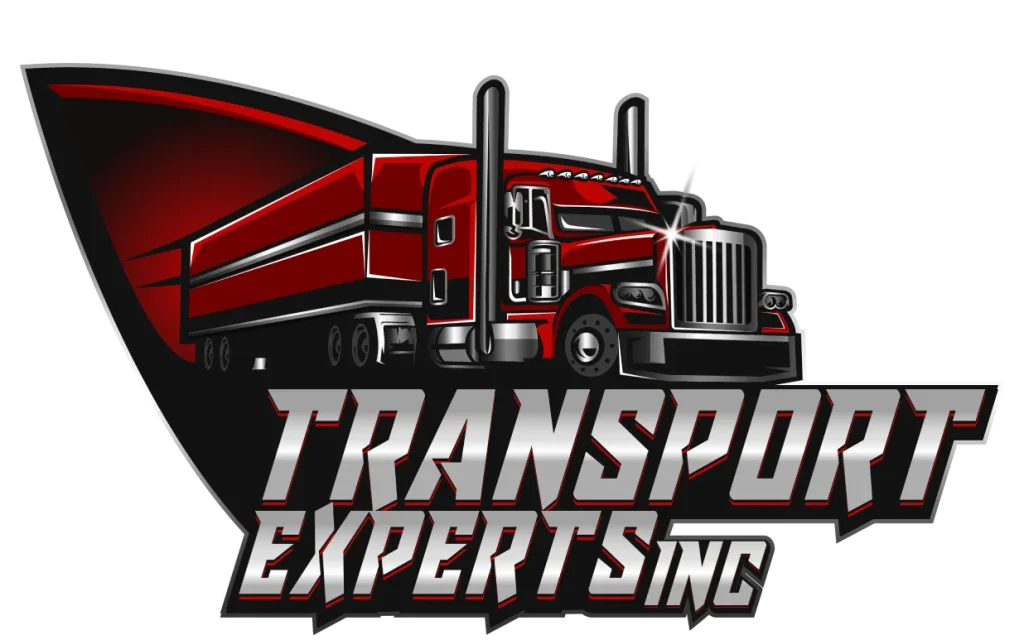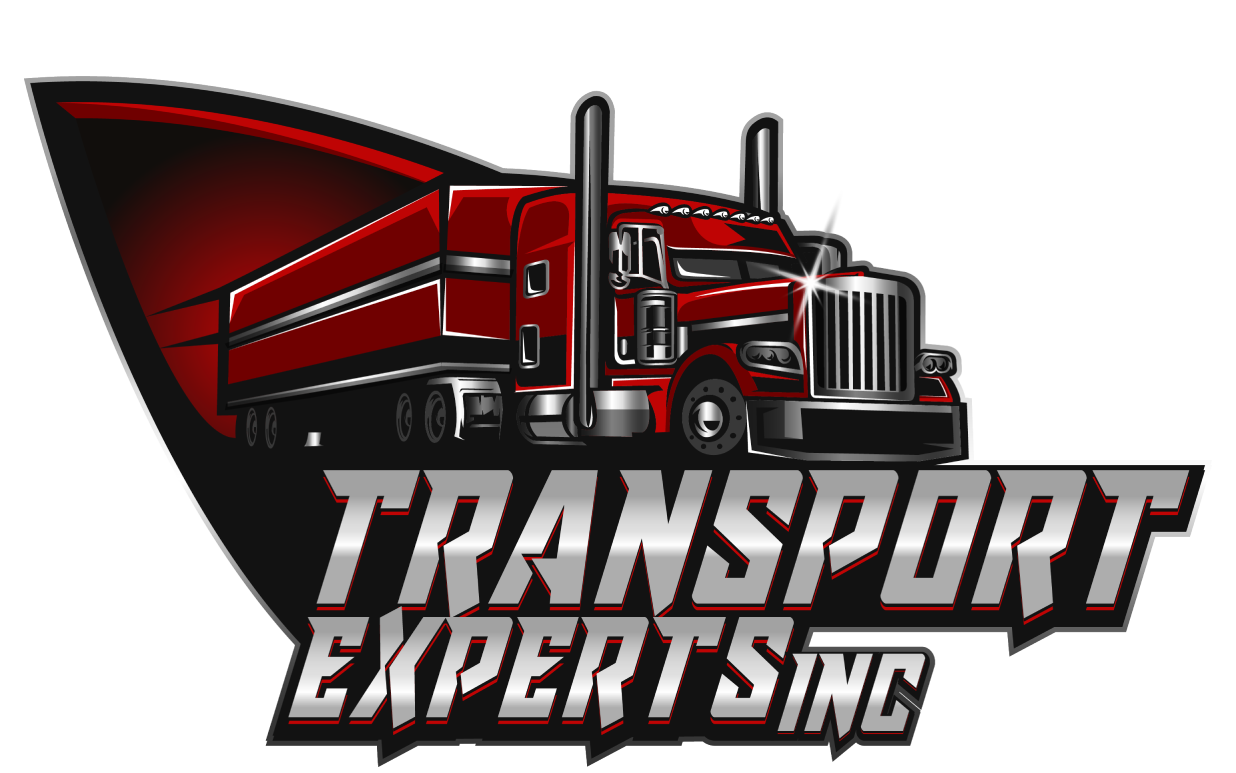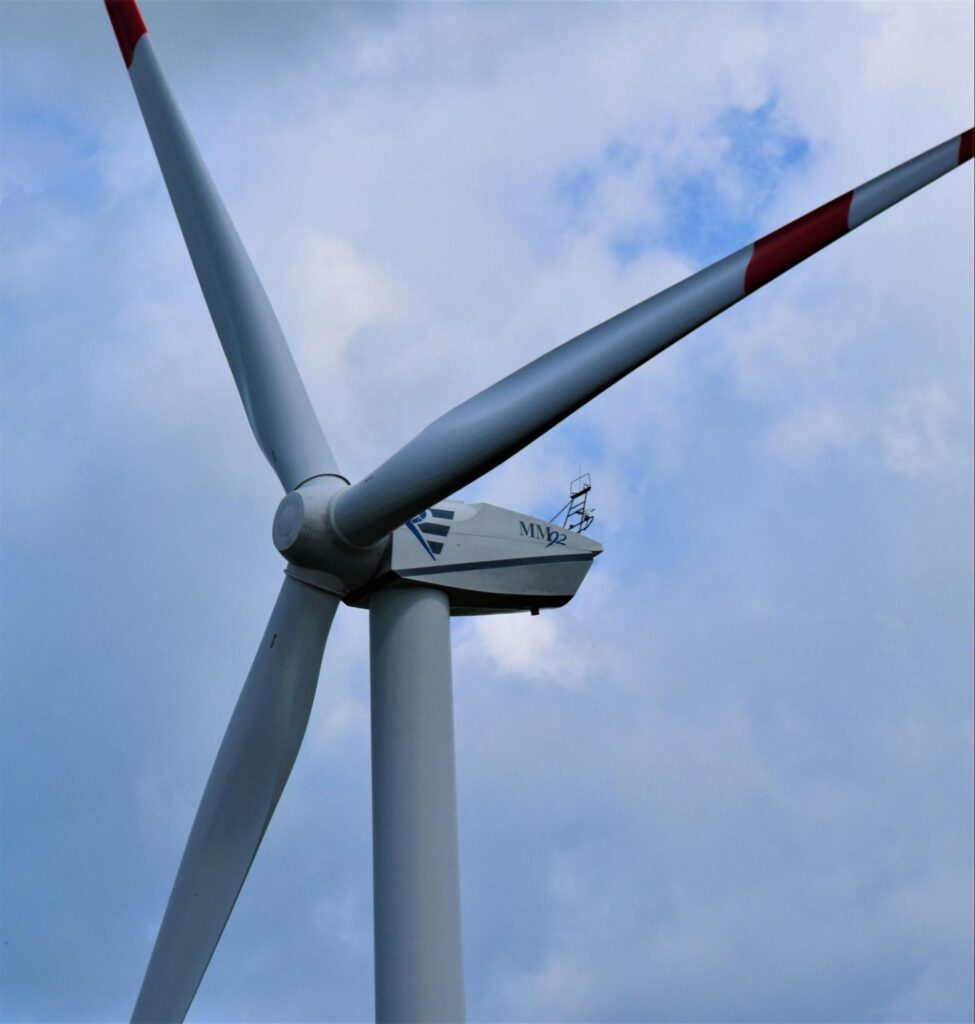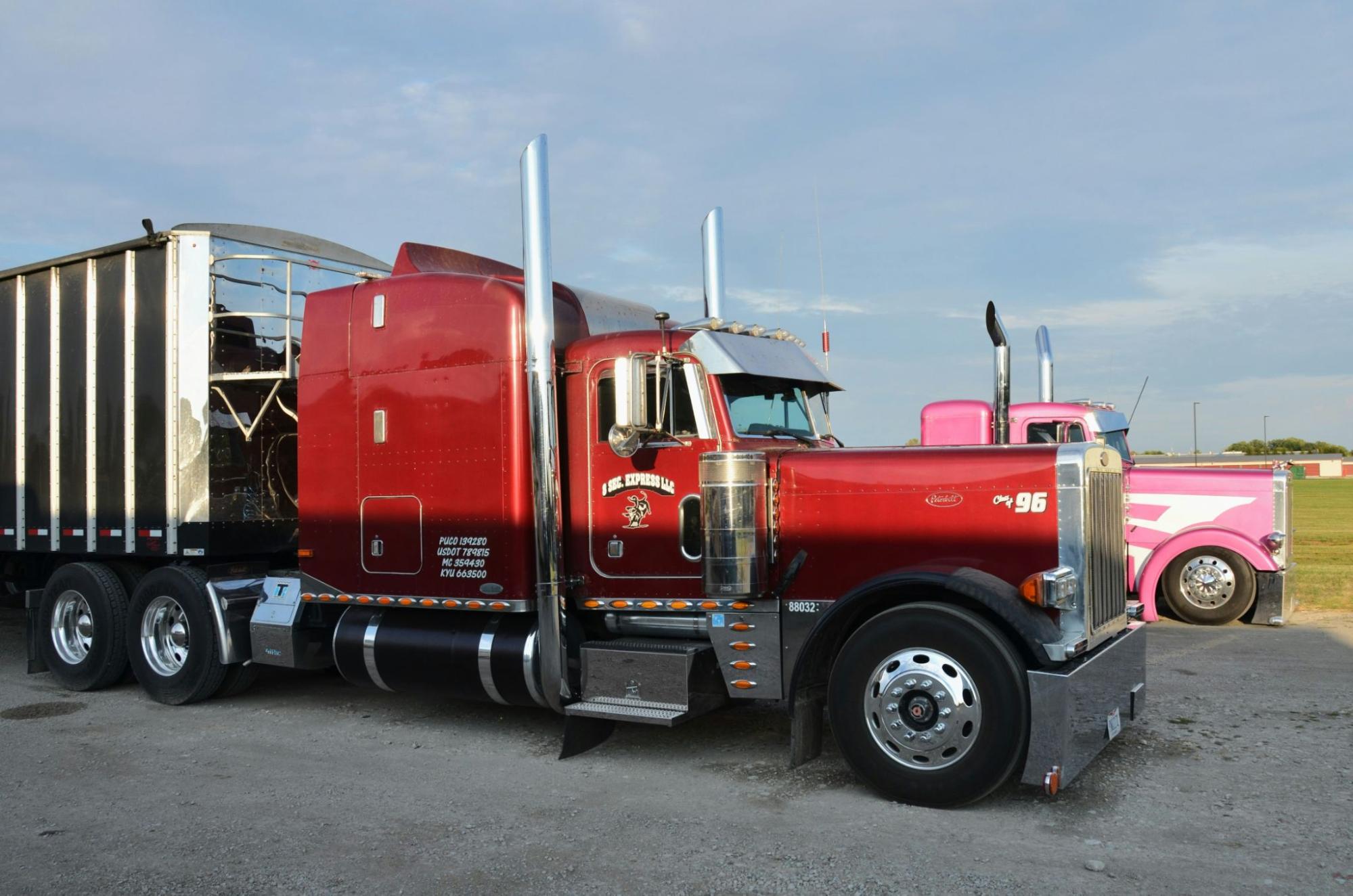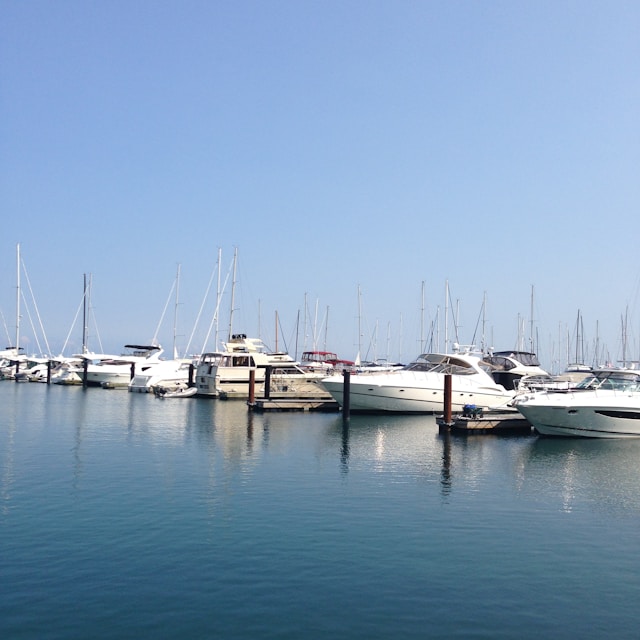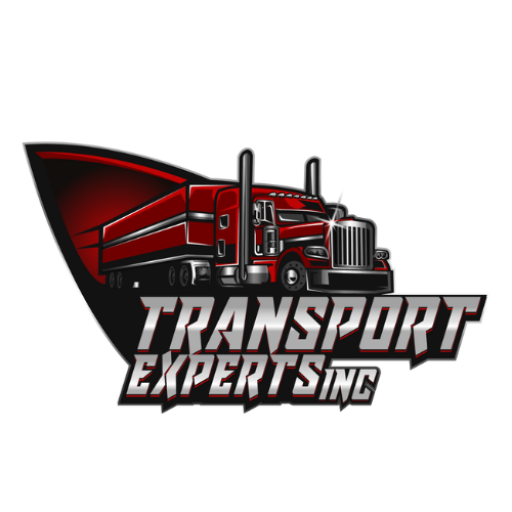Have you ever seen a wind turbine and thought to yourself How did this massive structure get there?
Well, obviously, it’s not a one-time hustle. No one on Earth can really move that big wind turbine in one go, as it can weigh over 200 tons on average. That’s why it is transported in parts, but transporting those heavy parts is a challenge in itself, too.
But that is not an impossible task. However, a single wind turbine blade can weigh from around 20 tons to over 50 tons depending on its size and material. But weight is not the only problem here. It can range from 52 meters to a whopping 107 meters. I know that’s a lot. And you simply can’t imagine how they are shifted from one place to another to assemble and operate smoothly like they do. But that is exactly what I am going to tell you today: “How to Transport Wind Turbine Blades?”
Excited?
Of course, it is something that you don’t see every day. But in this blog, you will get to experience the amazing transportation mechanism that allows the movement of these gigantic pieces from one place to another. And you know what? They are even considered one of the largest heavy loads ever transported.
So, come on, let’s take a look that how to Transport Wind Turbine Blades safely and securely to your destination.
Wind Turbine Blade Transport Options
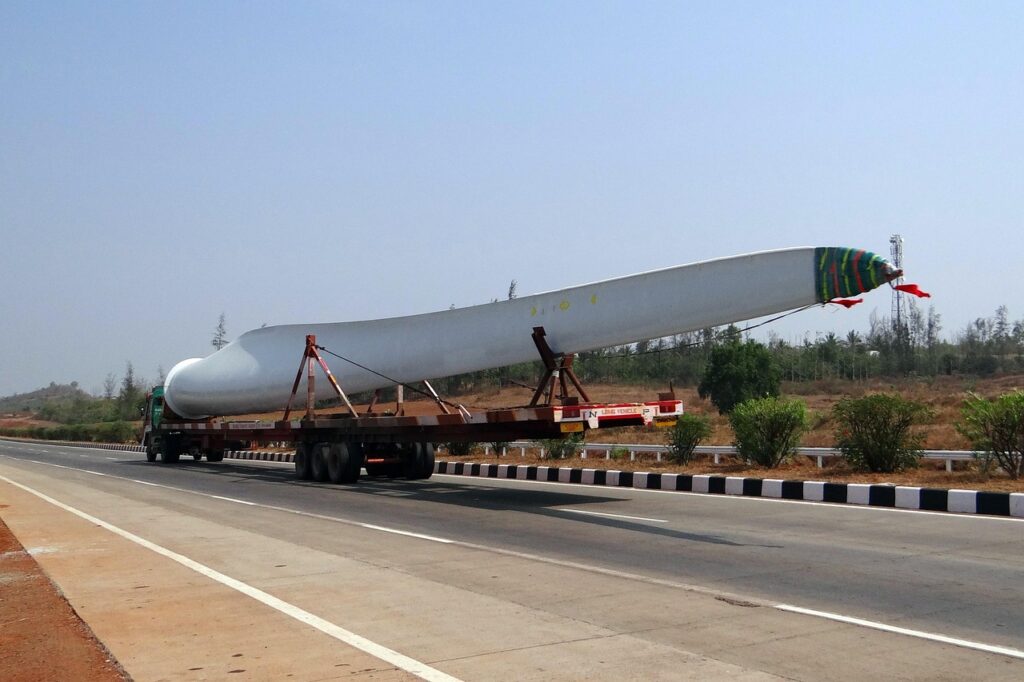
If you think that you can simply transport wind turbine blades by loading them on a standard flatbed trailer, then unfortunately, you are wrong.
It is not as simple as you think, considering its weight and the massive size. You really need to learn all the science behind how to transport wind turbine blades. And that is why I am here.
So, the option of a flatbed trailer is simply not the right one. Here are the main transportation options that you have for wind turbine blade transport:
1. Road Transport (Specialised Trailers & RGNs)
Turbine blades used in the U.S. are usually transported by road, at some point of their path, at least, that is generally the last few miles of a manufacturing plant, a port, or a rail terminal to the wind farm location. This wind turbine blade transport by road requires specialised equipment like:
- Extendable Flatbeds – These trailers expand up to 80 feet in length, which gives support to the blades and secure overhang.
- RGN (Removable Gooseneck) Lowboys – These are close to the ground in order to fit under bridges and overpasses better, and they are used with high root hubs of the blade.
- Steerable Axle Systems – In many of the modern blade trailers, rear steering axes are available to help in making a sharp turn when in country or mountain routes.
- Escort Vehicles – Pilot vehicles move in front and back of the truck and alert other road users, as well as directing the truck through the crossroads or highways.
So, the most adaptable mode of transport is road transport, but the most variable one as well; it may include traffic, weather, route limitations and permit restrictions. But thankfully, you have an option to hire experts like Transport Experts Inc. for your next mission of transporting wind turbine blades for safer and hassle-free transportation.
2. Rail Transport (Custom Rail Cars)
The next option to transport wind turbine blades is Rail transport. This is most effective when you need to move them over different states or regions.
Surprisingly, they are cost-efficient too, but they come with their own sets of challenges. You will need:
- Custom Rail Cars – This transportation haul is not something your standard rail car can achieve. As there are not enough to handle such extreme lengths of Wind turbine blades. Therefore, you will need specialised rail cars that are designed with pivoted cradles or articulated decks to achieve what you need.
- Clearance Checks – Rail tunnels, bridges, curves, etc., should all be inspected to make sure that the blade will not hit the infrastructure.
- Intermodal Transfers – When loading and offloading rail cars, blades should be moved with cranes or blade lifters, and this is another point where the blade may be damaged.
Very long distances can be transported cheaply by rail, but close coordination is needed either at the point of origin or destination to hand over the blades to rail transport to cover the final miles.
3. Marine Shipment (Barge or Vessel)
Marine shipping is frequently the only solution you have when your blades have to cross the oceans, or even merely follow a coastal path. Here is how to transport wind turbine blades over the ocean:
- Roll-On/Roll-Off (RoRo) Vessels – They are large cargo ships that have the capability of carrying trailers that are extendable and carry blades.
- Lift-On/Lift-Off (LoLo) – These cranes load the wind turbine blades into the vessels to hold them properly.
- Barges for Inland Waterways – In rivers or lakes, it is possible to load blades onto barges and then to a certain destination to hand them over to trucks.
Marine transportation may be the most effective in international projects, although weather windows, port infrastructure, and handling capacity are important factors. That’s why you need professionals like Transport Experts Inc. to handle your shipping.
Preparing Wind Turbine Blades for Transport
Once you know all of your options for how to transport wind turbines, it is now time to prepare for a safe and efficient haul.
Perfect execution requires perfect planning, and that is exactly what you are going to do to make sure that nothing goes sideways during your wind turbine blade transport.
Remember, one little mistake can cost you thousands of dollars in the form of delay or damage. Therefore, you’d better follow these to make sure that your preparation is right on point. It includes:
1. Blade Measurement & Documentation
The transport team weighs and measures the exact length, width and weight distribution of the blades before loading them. It makes sure:
- Choose the appropriate trailer and the mode of fixing.
- Properly plan route clearances and turn radii for the correct mode of transportation.
- Identify the need for pilot/escort cars and the overhang limit.
The correct documentation makes sure that you are in compliance with the state laws and regulations.
2. Route Planning & Clearance Checks
The careful map survey of the route is carried out to identify possible hazards:
- Low Bridges & Overpasses – The team ensures the vertical clearance of the entire journey.
- Tight Turns – Curves, roundabouts and crossroads are simulated so that the trailer can turn around the obstacles.
- Weight Limits – The ratings of all the bridges en route are checked to avoid overloading.
- Road Conditions – Seasonal conditions such as snow, floods or road construction are taken into consideration.
3. Arranging Pilot/Escort Vehicles
Pilot vehicles are required in most states in case of oversize loads. These vehicles:
- Warn oncoming traffic by use of flags, lights, and signage.
- Help the driver with the positioning and narrow turns.
- Arrange police escorts where necessary.
4. Securing Loose Parts & Protective Measures
Before loading, all loose elements, blade covers, and root attachments should be secured. And you can do it through protective coverings, padding, and modern wraps to minimise any damage to your wind turbine blades from weather, debris or vibration.
5. Pre-Trip Safety Meetings & Communication
Before the final departure, the entire crew, including the drivers, the operators of the escort vehicles, and the crane teams, meet for the final review and inspection of everything. It includes:
- The planned schedule and route for transportation
- Time restrictions and permits for heavy haul transportation
- Emergency operations and communication channels.
Regular & frequent communication throughout the transportation process keeps everyone aligned and minimises risks and damages.
Specialised Equipment & Trailers for Wind Turbine Blades
As I just told you, you cannot just go and hire a trailer for transporting wind turbine blades. You need specialised trailers that are strong enough to support their length and weight. The equipment should be designed to carry the sheer size, weight, and fragility of these products.
Don’t worry, you don’t have to manufacture them from scratch. There are already some tailored trailers that are designed to meet such needs. Want to know more about them? Let’s find out:
1. Telescoping Flatbeds & Extendable Trailers
Normal flatbeds just cannot be long enough to fit blades of 100 feet or more. This is why extendable flatbeds, also known as stretch trailers, are the solution of choice. They can load weights from 20 tons to 80 tons.
- Adjustable Lengths – The best part about them is that these trailers can be lengthened and shortened in line with the blade size, which ensures that weight distribution is at an appropriate level.
- Secure Locking Systems – Stop any kind of movement in the trailer when in transit.
- Safety Markings – The oversize load can be seen both at night and during the day with high-visibility lights, reflective tape, and flags.
2. Hydraulic Lowboys & RGNs
The next one on our list is the iconic Hydraulic Lowboys & RGN trailers that are known for their heavy equipment transportation. Here is what makes them the right choice:
- Lower Deck Height – It enhances the clearance under bridges.
- Hydraulic Systems – Simplify the loading & unloading process, thus eliminating the danger of blade breakage.
- Modular Axles – It is possible to add or remove extra axles in order to redistribute weight and meet the axle load laws.
3. Steerable Axle Trailers
In cases of blades passing over winding roads, steerable trailers are groundbreakers.
- Rear Steering – This enables trailers to wind around tight curves and negotiate narrow country lanes are negotiated.
- Computer-Controlled Steering Systems – Improve accuracy and reduce the chances of hitting car-side barriers on the road.
4. Blade Transport Frames & Lifters
Here, blades are not just strapped to the trailer, but are carefully transported in frames and lifters to suit their special curve.
- Custom Blade Cradles – They allow to match the exact shape of the wind turbine blade, hence preventing any kind of stress points while transporting.
- Root & Tip Supports – Hold the strongest and the most sensitive parts of the blade.
- Hydraulic Lifters – Certain trailers may even lean or lift the blade on the road, which is then able to pass through signs or trees.
The right equipment does not simply make the whole process of transport wind turbine happen seamlessly, but it also minimises the risk, enhances the efficiency and makes sure that every blade is ready to install immediately without incurring expenses at the expense of time loss.
Permits & Regulations for Transporting Wind Turbine Blades
When you are talking about how to Transport Wind Turbine Blades, one of the most important aspects is the permits and regulations required. It is a very important process that ascertains safety, compliance, and easy transit between various jurisdictions.
1. Oversize Load Permits
Each state has its norms for the maximum size and weight of vehicles. When the size of your haul is above the legal conditions, you have to obtain oversize permits:
- Length –The federal length limit for trailers is 65 feet, but it varies for each state. But considering the extreme length of the blade, they are always over the limit.
- Width & Height – The standard width and height limits of the USA are 8.5 feet and 13.5 feet, respectively, at the federal level. And Wind turbine blades are normally greater than that.
- Weight – Overweight permits are required in case the axle loads are beyond the legal limits.
Permits normally define the route, time schedule, as well as safety conditions.
2. Route Surveys & Clearance Reports
Transport companies take a route survey before seeking permits to record:
- Bridge Clearances – Making sure that the height and load will pass through the bridge.
- Tight Intersections – Determining points where escort vehicles or police support is necessary.
- Utility Lines & Traffic Lights – In certain situations, utility companies are forced to temporarily raise lines to fit the blade height.
3. Escort & Pilot Vehicle Requirements
In most states, there is a minimum of one escort vehicle – in longer loads, there are usually two (front and rear). Police escorts are also necessary in certain situations, like night movements or routes with heavy traffic.
You must be wondering what they have to do in Wind Turbine Blade transport? Well, they help in:
- Regulating the flow of traffic at intersections
- Warn approaching motorists
- Helping with changing lanes and positioning.
4. Travel Restrictions
Permits usually contain the following restrictions:
- Time-of-Day Rules – In many states, the oversize loads are limited to daylight.
- Weather Conditions – The weather conditions, like fog or ice, can delay the movement due to safety issues.
- Holiday Blackouts – It is customary to forbid oversized loads during major holidays to minimise the number of congestion.
Lack of adherence to the terms of permits may result in fines, route refusal, or even compulsory unloading – resulting in significant delays of major projects.
Challenges and Solutions in Wind Turbine Blade Transport
Nothing is perfect. Even after days of planning and preparation, the transport of wind turbine blades poses real-world challenges.
Yeah, here are some of the most common ones that even the most experienced hauliers can experience. But don’t be scared, I got the solutions too:
1. Extreme Blade Length & Weight
The wind turbine blades in this modern age can range from 170-260 feet long or even more, weighing around 10-36 tons EACH!
Solution: Trailers must be used that have many support points, hydraulic suspension, and blade cradles, which would evenly distribute the weight. Conduct regular checks for loads to adjust them accordingly while en route.
2. Tight Roads & Complex Terrain
In rural wind farms, there are common remote locations of wind farms that have narrow roads, sharp curves, and steep grades.
Solution: Computer-assisted navigation and steerable trailers enable the trucks to take corners safely. But in some extreme cases, roads are widened temporarily to allow passage for the trailers to move safely.
3. Weather & Wind Hazards
I know, this one must be shocking. But wind is truly dangerous during the transportation of blades. Strong winds may cause trailers to be loose or the aerodynamic surface of the blade to be damaged.
Solution: Check the weather predictions and plan the hauls during the calm conditions. Certain carriers work with the wind-speed limit (e.g. less than 25 mph gusts) as a safety limit.
4. Infrastructure Restrictions
Transport can be stopped by low bridges, narrow tunnels and weight-restricted bridges.
Solution: You must conduct early route surveys & 3D modelling to avoid any barriers on the way. Some companies go further to use cranes or temporary diversions to avoid areas of problems.
5. Scheduling & Coordination
The logistics of transporting a single blade require proper coordination between manufacturers, ports, the government, the escort crew, and the installation crews.
Solution: Just hire professionals like Transport Experts Inc. Established logistics firms organise schedules, obtain permits and serve as a point of contact, staying on track of the project.
Partnering with Heavy Haul Specialists: Why It Matters
In the world of transportation, wind turbine blade transport is not a simple task but rather a highly planned project that requires a great level of experience, accuracy and adherence to each stage.
Collaborating with a professional heavy haul enterprise can be the difference between an operation that is smooth and one that is expensive and stressful.
This is exactly where Transport Experts Inc. come into the picture. Here is why they are the most trusted choice in the USA:
1. Expert Route Planning
They are professionals and know how to plan the route flawlessly.
Maps of advanced software, GPS mapping and on-ground surveying are used by professionals in choosing the safest and most efficient route that allows:
- Weight and height limits of bridges.
- The curve of the road
- Traffic trends and construction sites.
- Lines of Utility and any overhead hindrances
2. End-to-End Permit Management
The complex permitting process across numerous jurisdictions is dealt with by heavy haul providers, which saves you time and eliminates compliance headaches.
- Coordination of multi-state permits.
- Escort and pilot car scheduling.
- Approvals of Police or DOT when needed.
3. Specialized Equipment Access
They have their own specialised equipment to help you transport your wind turbine blades. You do not need to source any of them; just hire them and stay stress-free.
4. Safety & Risk Management
The professionals follow the securement guidelines very strictly to avoid any damage during transit. Plus, they have an inclusive insurance cover that covers you against any liability in case of accidents.
5. Time & Cost Efficiency
Even one error, such as a permit error or a wrong route, can cost thousands of delays. Seasoned heavy haulers reduce downtimes and ensure that projects are on budget.
So, choosing the right partner means peace of mind and successful delivery, every time. This is how to transport Wind turbine blades successfully to any region or area with secure delivery.
I am sure that next time when you are transporting a Wind Turbine Blade, it won’t be a problem for you. As you now know all the secrets of how to transport wind turbine blades. Best of Luck!
Frequently Asked Questions
The transport time for a wind turbine blade depends on distance, permits, and weather conditions. Typically, local deliveries can be completed within a single day, while interstate or long-distance hauls may take several days due to route planning, escorts, and safety checks.
Yes. Drivers must hold a Commercial Driver’s License (CDL) with proper oversize and overweight load endorsements. Additionally, they should have specialized training for operating long-load trailers and handling the unique challenges of transporting wind turbine components.
The cost of transporting a wind turbine blade varies based on distance, permits, equipment requirements, and escort services. On average, moving a single blade can cost between $20,000 and $50,000 or more, depending on the complexity of the haul and state-specific regulations.
In some states, night transport of wind turbine blades is permitted, but most regions restrict movement to daytime for safety reasons. When allowed, night hauls require additional lighting, escort vehicles, and special permits to ensure visibility and road safety throughout the journey.
Transporters protect wind turbine blades using custom-designed blade cradles, hydraulic suspension systems, and tip/root supports to minimize vibration and stress. They also conduct regular inspections during transit to ensure the blades remain secure and undamaged.
Yes, transporting wind turbine blades can cause temporary traffic congestion, road wear, and noise pollution. However, most logistics companies work closely with local governments to mitigate environmental impact, manage traffic flow, and repair or restore any affected roadways after transport.
